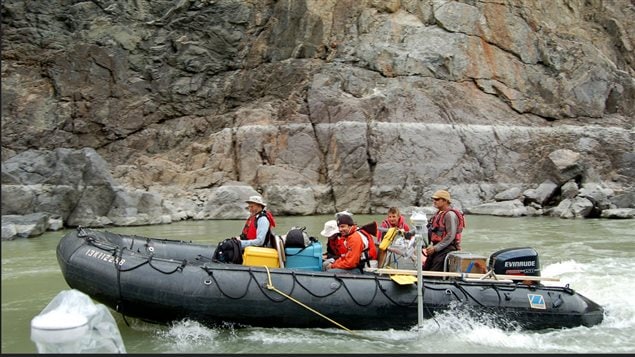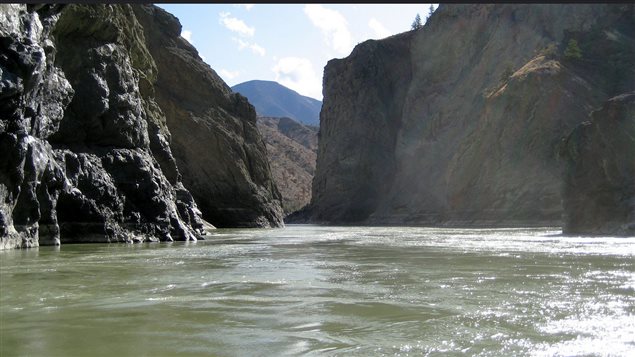Water flows down through a canyon, but new information from a Canadian study now changes just about everything that was thought about the dynamics of that flow.
River flow through bedrock canyons is also climate-related, connected to mountain uplift, along with a wide-variety of effects upon rivers and deltas where much of the world’s population lives.
Jeremy Venditti led the scientific team, which included researchers from the University of British Columbia, and the University of Ottawa in Ontario, is an associate professor in the Deptarment of Geography and Director of the Environmental Sciences Programme at Simon Fraser University in the west coast province of British Columbia.
Listen Their research paper was published in the journal Nature
For the first time ever, the scientists adapted equipment originally designed for ocean research, and later adapted for slow moving lowland rivers.
The 3-D instruments capture downstream, cross-stream and vertical flow velocity.
Scientists studying river flow in bedrock canyons for the first time have discovered that previous conceptions of flow and incision in bedrock-rivers are wrong.
The research took the team through 42 bedrock canyons along almost 500 kilometers of the Fraser River from the cities of Quesnel to Chilliwack in British Columbia.
These are turbulent waters at the best of times, but in high-flow periods can turn into white water conditions sought by thrill-seeking river rafters.
Equipped with acoustic Doppler current profilers to measure velocity fields they “observed a complicated flow field in which high velocity flow plunges down the bottom of the canyon forming a velocity inversion and then rises along the canyon walls” according to civil-engineering professor Colin Rennie of the University of Ottawa. “This has important implications for canyon erosion because the plunging flow patterns result in greater flow force applied to the bed” he said.

Professor Venditti notes that this changes dramatically the calculations for river “incision”, or the wearing away of the bedrock as the river cuts through the rock.
It’s a very important discovery he says because, “sediment delivery controls water levels and stability of lowland rivers, which has important implications for lowland river management, flooding impacts to infrastructure, availability of fish habitat and more.”
He says continued development along rivers and in deltas is affected by what happens upstream so having a better understanding of the dynamics helps with long term planning.
Funding for the research came from Canada’s Natural Sciences and Engineering Research Council (NSERC).







For reasons beyond our control, and for an undetermined period of time, our comment section is now closed. However, our social networks remain open to your contributions.